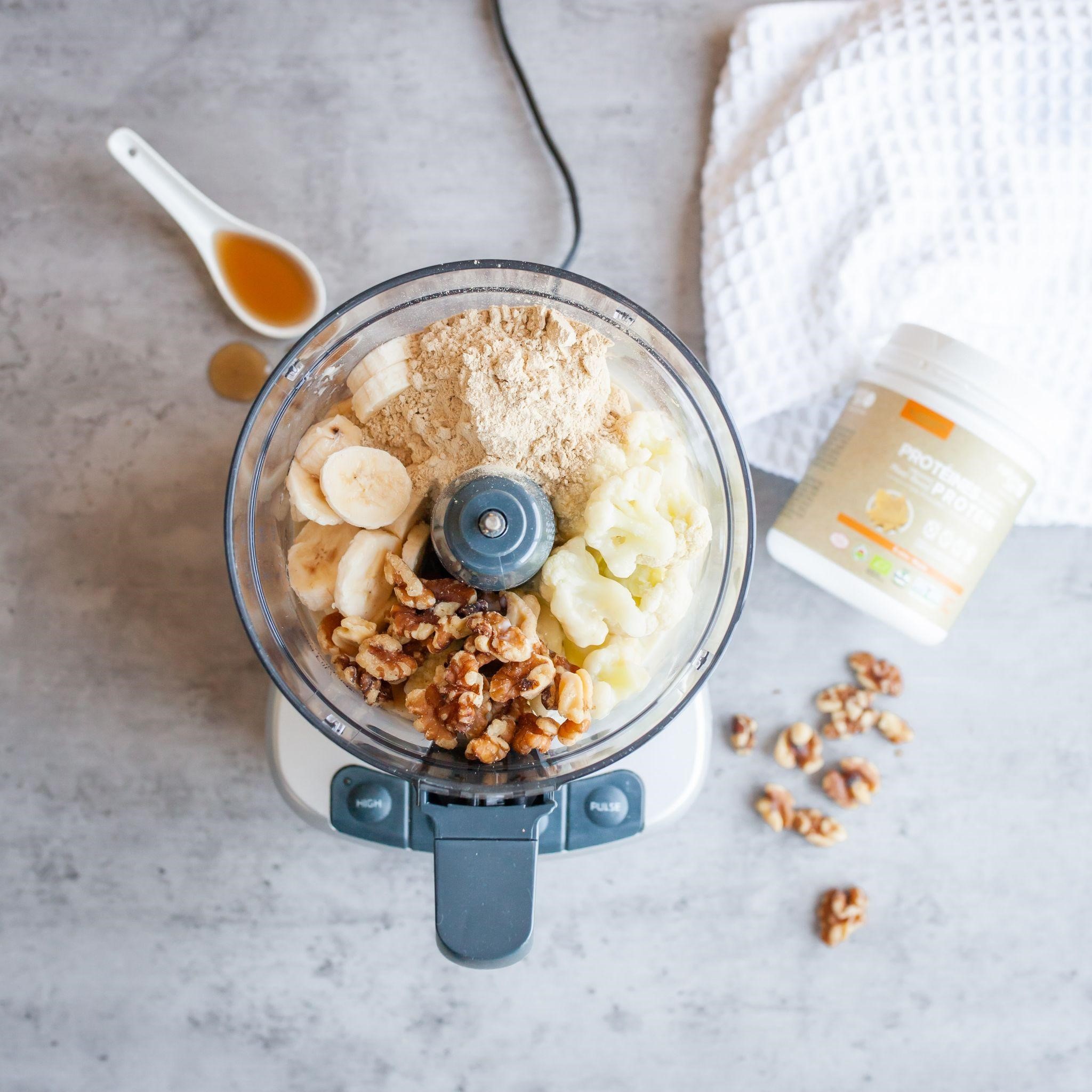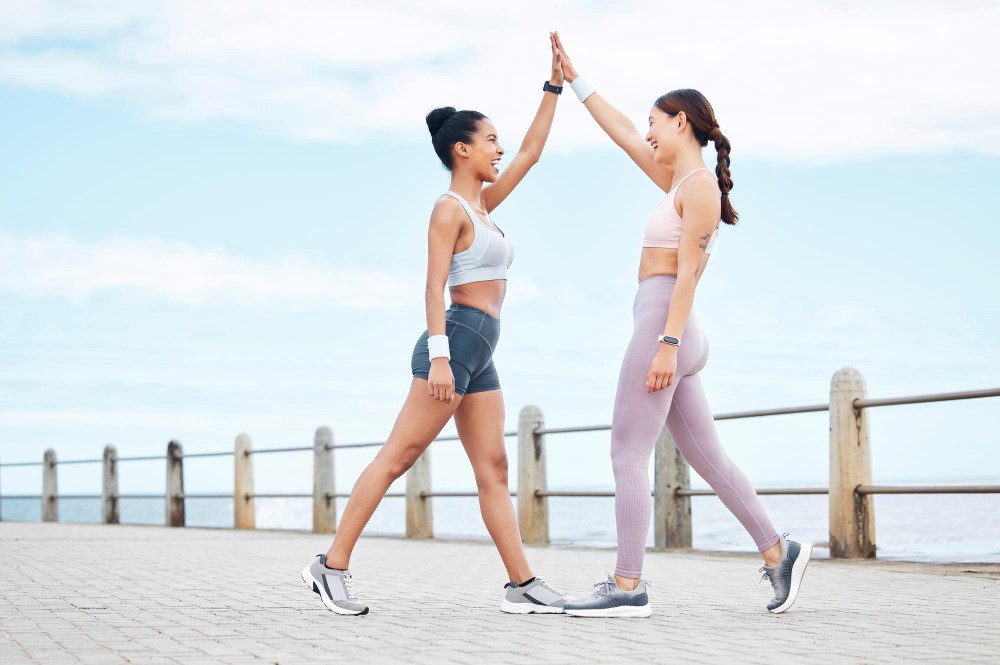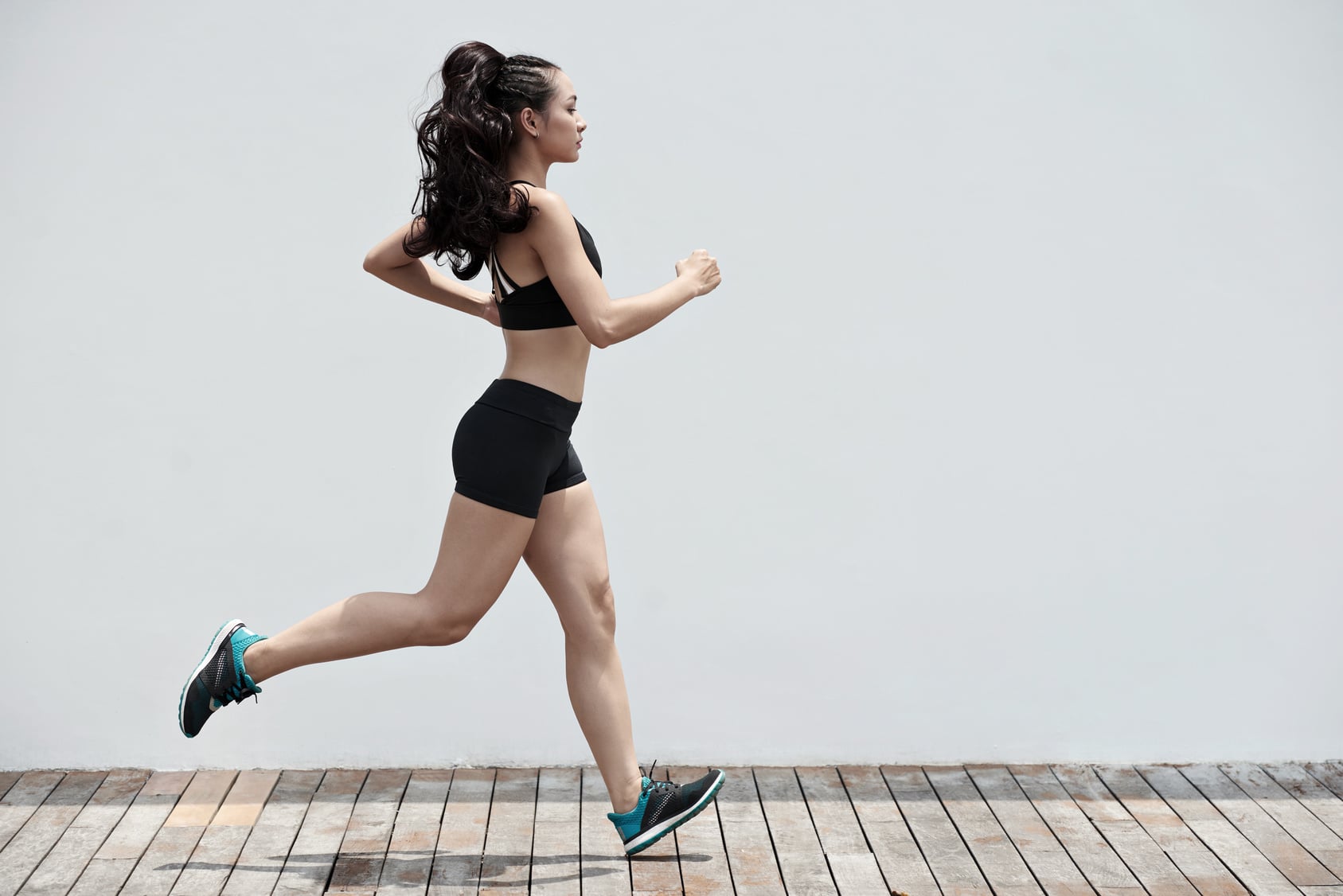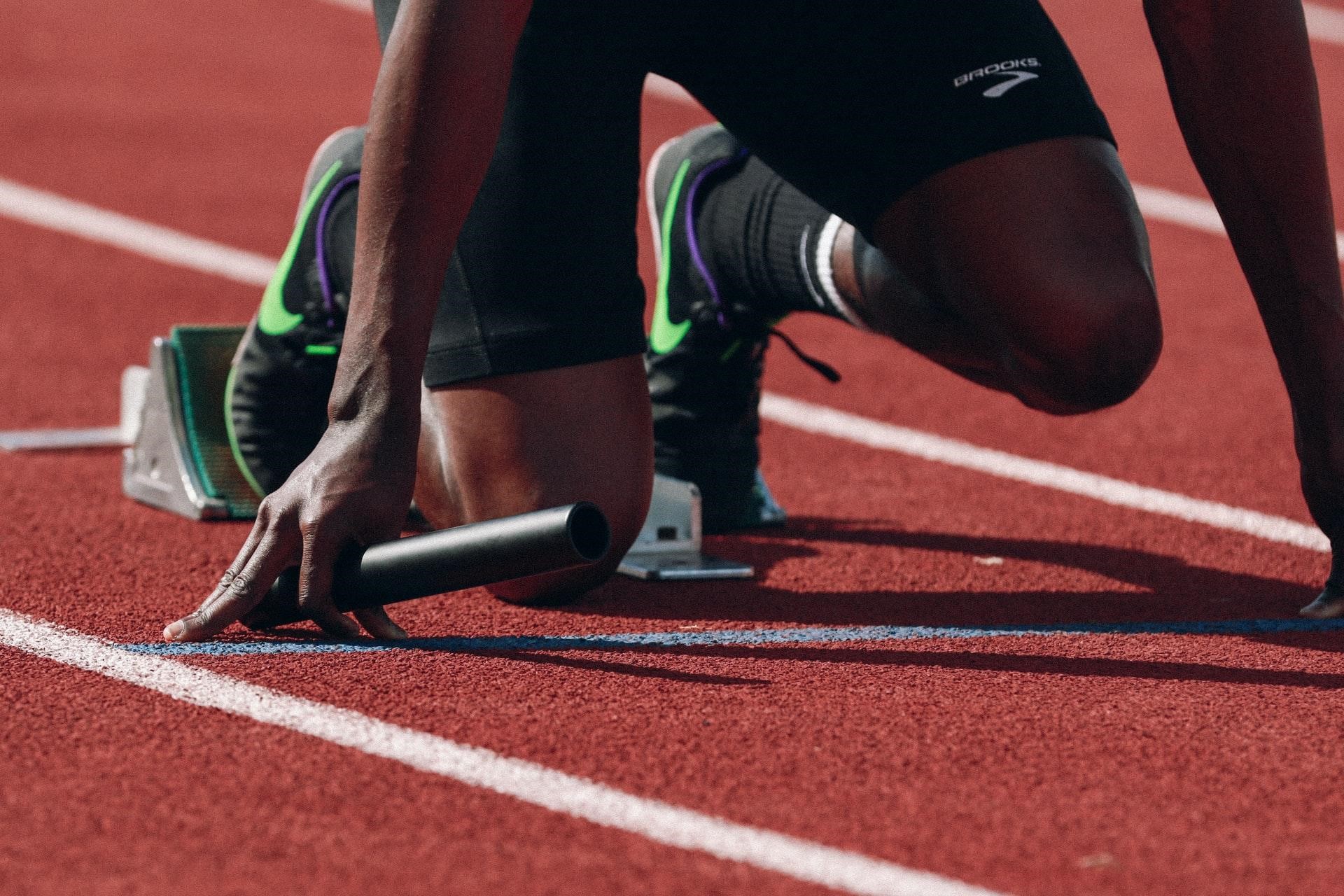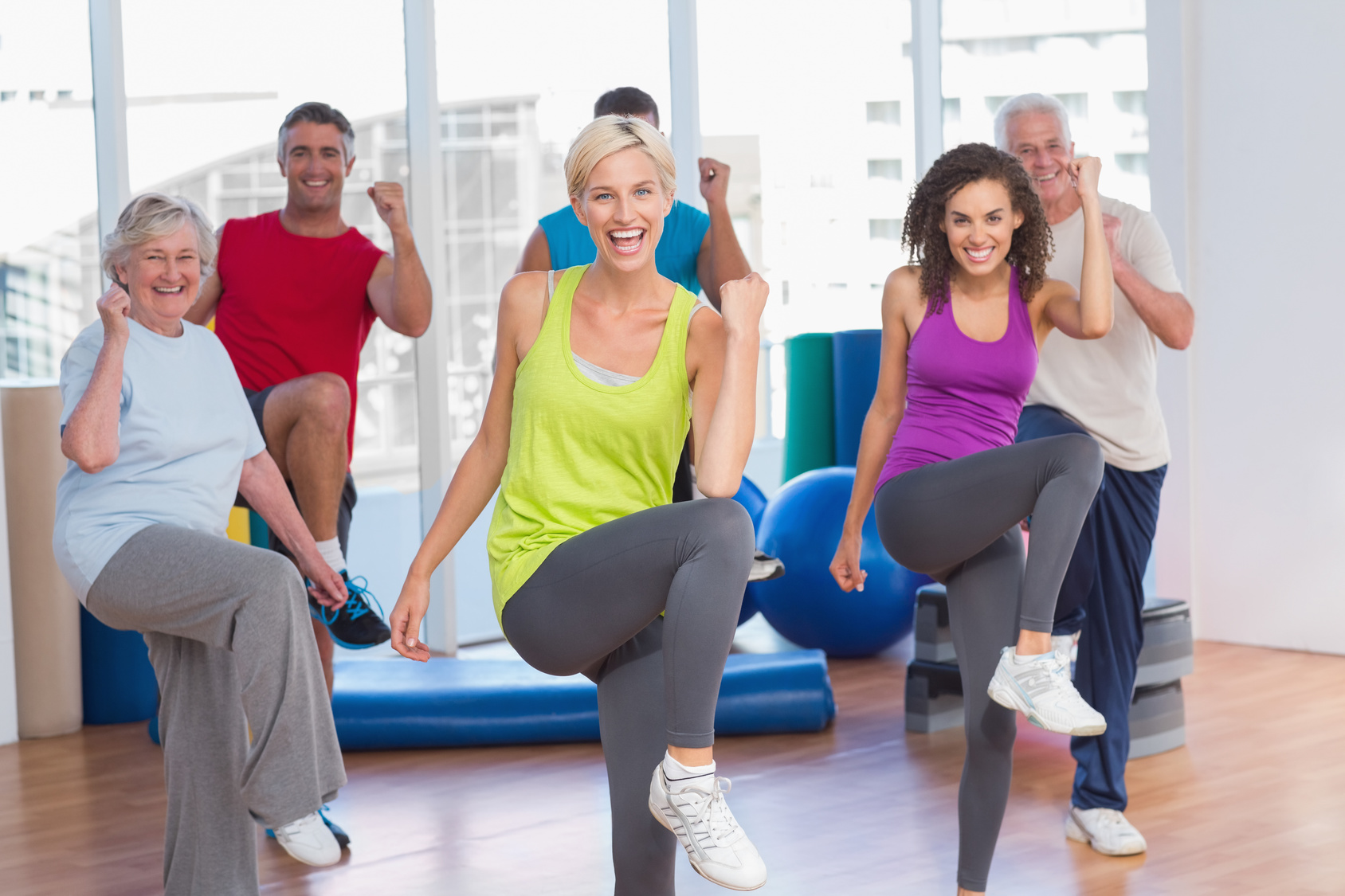Attention all single runners! Are you tired of running solo and ready to mingle? Look no further than the power of the pickup line.
Sure, some may say they’re outdated or cheesy, but when used correctly, they can be the secret weapon to catching the eye of that special someone. And let’s be real, there’s nothing like the rush of successfully landing a great pickup line. But before you start spouting off every line in the book, it’s important to remember that not all pickup lines are created equal. You need to find the right one that fits the situation and the person you’re talking to.
Whether it’s a witty one-liner or a playful joke, the perfect pickup line can help you exude confidence and show off your personality. Plus, it’s a great conversation starter! And the best part? You can use them anywhere, whether you’re out on a run, grabbing coffee, or waiting in line at the grocery store.
Local singles runners may overcome the uneasiness of a first date by using cute, funny, and sports pickup lines. They’re in luck if they seek some great pickup lines for women. If you’re a local single, you may utilize the finest ones from our list of the most excellent at any time to flirt and attract the attention of that particular someone.
Pick one that both you and your crush will like. Ultimately, if your efforts are unsuccessful, keep trying. There could be a person who enjoys your sense of humor and is flattered by your interest in them.
Running Pick-Up Lines That Work
While pick-up lines can be fun, it’s important to remember that they’re only sometimes the most effective way to start a conversation with someone. Here are a few running-related conversation starters that could work:
Cheesy Runner Pick Up Lines
- Are you a track? Because I can’t stop running to you.
- Is your name Usain Bolt? Because I feel like I’m racing to catch up to you.
- Do you believe in love at first sprint, or should I run by again?
- I must be on the right track because I can’t take my eyes off of you.
- Are you a long-distance runner? Because you’ve been running through my mind all day.
- You must be a track star because you just sprinted away with my heart.
- Are you a relay race? Because I want to be the one to pass the baton to you.
- Do you need a personal trainer? Because I can teach you how to run into my arms.
- Are you a hurdles racer? Because I want to jump over all obstacles to be with you.
- I’m not a sprinter, but I’ll run a marathon for you.
Dirty Running Pick Up Lines
- I must be a squirrel because I’m just nuts about you.
- Excuse me, but I think you owe me a drink because I dropped mine when I looked at you.
- Do you have a sunburn, or are you always this hot?
- If I were to ask you out on a date, would your answer be the same as the answer to this question?
- I’m not a genie, but I can make your dreams come true.
- If you were a vegetable, you’d be a cucumber.
Running Back Pick Up Lines
- Are you a runner? Because you’ve been sprinting through my mind all day.
- I must be a stopwatch because I stop and stare every time I see you.
- If running were a religion, you’d be my god.
- I don’t need a GPS to find my way into your heart, just your running route.
- Is it hot here, or just the sweat from our run together?
- Are you a treadmill? Because I could run on you for hours.
- I hope you’re a good runner because you stole my heart.
- Are you a track and field athlete? Because you just jumped over all the hurdles in my heart.
- I’m not a professional runner, but I’d love to jog with you sometime.
Pick Up Lines Involving Running
- Are you a cross-country runner? Because I’d love to explore new paths with you.
- You must be a track and field athlete because you’ve got me jumping hurdles for you.
- Do you need a running coach? Because I’d love to help, you improve your stride.
- Is your name Google? Because you’ve got everything I’ve been searching for.”
- Are you a camera? Because every time I look at you, I smile.
- I’d spend all nine lives with you if I were a cat.
- Are you a magician? Because whenever I look at you, everyone else disappears.
Running Inspired Pick Up Lines
- Are you a golfer? Because you’ve got a hole in one when it comes to my heart.
34 Are you a diver? Because I can’t stop falling for you.
- Do you play volleyball? Because you just spiked my interest.
- Are you a runner? Because I’m feeling a marathon of emotions for you.
- Are you a cyclist? Because you’re spinning my heart like a wheel.
- Are you a weightlifter? Because I’m feeling the weight of your love.
- Are you a fencer? Because you’ve got me feeling like I’m sword-fighting for your love.
Running Away Pick Up Lines
- Are you a martial artist? Because you’re making my heart kick and punch with excitement.
- Are you a swimmer? Because I’m drowning in your beauty.
- Are you a skier? Because I’m downhill falling for you.
- Are you a figure skater? Because you triple-axle right into my heart.
- Are you a soccer ball? Because I can’t stop kicking myself for not asking you out sooner.
- Is your name Lionel Messi? Because you are a goal-scoring machine.
- Are you a basketball player? Because I can’t resist dribbling all over you.
- Do you play tennis? Because you have a racket going on.
- Do you believe in love at first sight, or should I walk by again in my running shoes?
- Are you a sprinter? Because you’ve been running through my mind all day.
- Are you a gymnast? Because I’m falling for you head over heels.
How to Use Sports Pick-Up Lines Effectively
Sports pick-up lines may be a fun and flirtatious way to introduce yourself to someone who enjoys the same sports you do. Here are some pointers for crafting successful sports pick-up lines:
- Have confidence. When utilizing pick-up lines, confidence is essential. Don’t fear putting yourself out there; believe in your abilities and approach.
- Recognize your audience. Ascertain whether the individual you’re attempting to impress shares your enthusiasm for sports. Someone who doesn’t enjoy the sport of football might not respond favorably to a pick-up line concerning it.
- Use humor. Don’t take yourself too seriously; sports pick-up lines are supposed to be lighthearted and entertaining. A well-timed joke or pun might help to establish a rapport.
- Be original. Avoid using cliched or overused pick-up lines. Create something original and situation-specific.
- Be reasonable in your approach. Keep in mind that pick-up lines are only a method to initiate discussion. Avoid being intrusive or making the other person uncomfortable.
- Effective use of pick-up lines requires practice, just like any other talent. Try them out on friends or in casual situations to become accustomed to the delivery.
Now that we have listed 50 efficient running pick-up lines for you, pick the best lines that fit your purpose perfectly. Remember, the key to using sports pick-up lines effectively is to have fun and be playful. Don’t take yourself too seriously, and enjoy the conversation.


